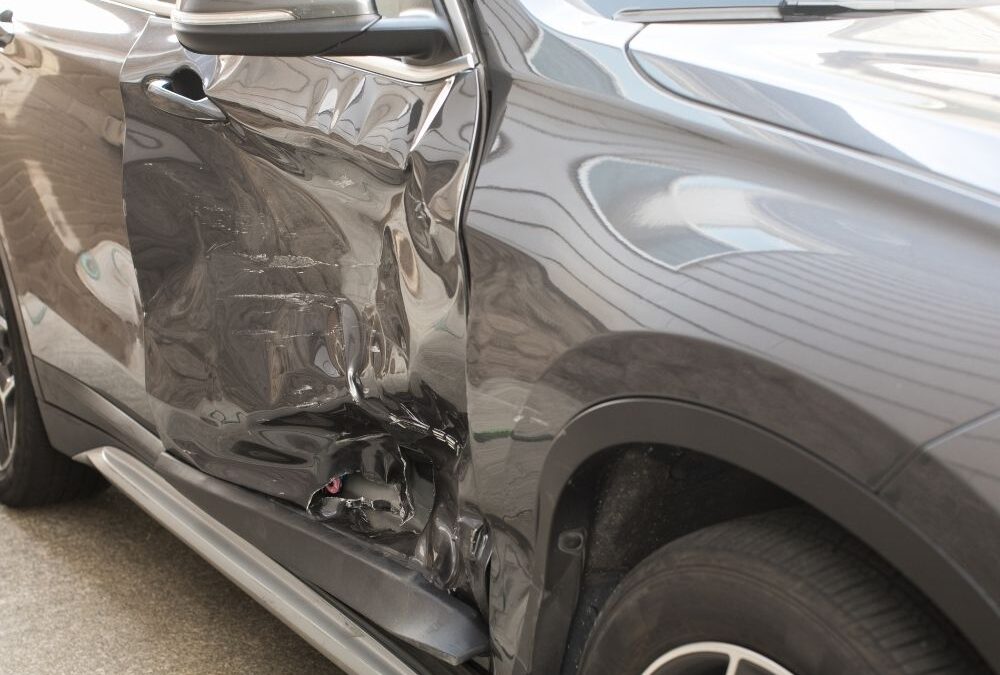T-bone accidents, also called side-impact accidents, happen when the front of one vehicle strikes another vehicle on its side. Side impact collisions are less common than rear-end collisions but just as dangerous. According to the International Association of Traffic and Safety Sciences (IATSS), t-bone or side-impact accidents result in more severe injuries than read-end crashes. When a vehicle strikes the side of another car, passengers can become crushed and face life-threatening injuries.
Common Causes of T-Bone or Side-Impact Collisions
Running a red light at an intersection is a common cause of t-bone or side-impact collisions. When a driver fails to stop at a red stoplight, they can speed through the intersection and collide with a vehicle that is turning left, hitting them in the side. When the driver negligently speeds through an intersection, the injuries can be even more severe because the collision force will increase.
Failure to yield can also cause side-impact collisions. When a driver fails to yield to oncoming traffic while making a left-hand turn, the oncoming vehicle can crash into the vehicle’s side. As with other types of car accidents, distracted driving and drowsy driving can also cause a T-bone or side-impact accident. Drivers who are intoxicated and those who are tired cannot make quick, safe decisions while driving. Drowsy and reckless drivers are more likely to run a red light and collide with the side of an oncoming vehicle.
Injuries Caused by Side-Impact Collisions
The driver or the passenger on the damaged side in a T-bone accident is more likely to suffer severe injuries because they will absorb more force. Nonetheless, anyone involved in a T-bone accident is at risk of suffering severe injuries. Side-impact car accidents frequently result in the following types of injuries:
- Traumatic brain injuries (TBI)
- Chest injuries
- Severe lacerations
- Pelvic and abdominal injuries
- Spinal cord injuries that cause partial or complete paralysis
- Bone fractures
- Soft tissue injuries
- Crush injuries caused to arms and legs
- Lacerations and fractures in the face that require extensive reconstruction
Determining Liability in a Side-Impact Collision
Determining negligence in a side-impact collision can be difficult. In some cases, both drivers are at fault for the accident. In other cases, one driver is entirely responsible for the side-impact collision. For example, when a driver speeds through a red light in a four-way intersection and collides with a vehicle that is making a lawful turn, the speeding driver will be liable for all of the victim’s injuries.
You will need to prove that the other driver’s negligence or recklessness caused the accident that resulted in your injuries to recover damages. Contact Griggs Injury Law today to schedule your initial consultation as soon as possible. We will review your case and advise you as to your best legal options for recovering compensation.


